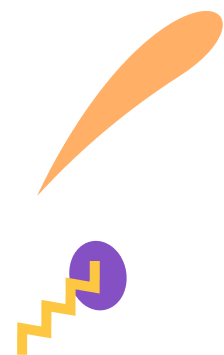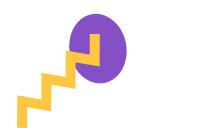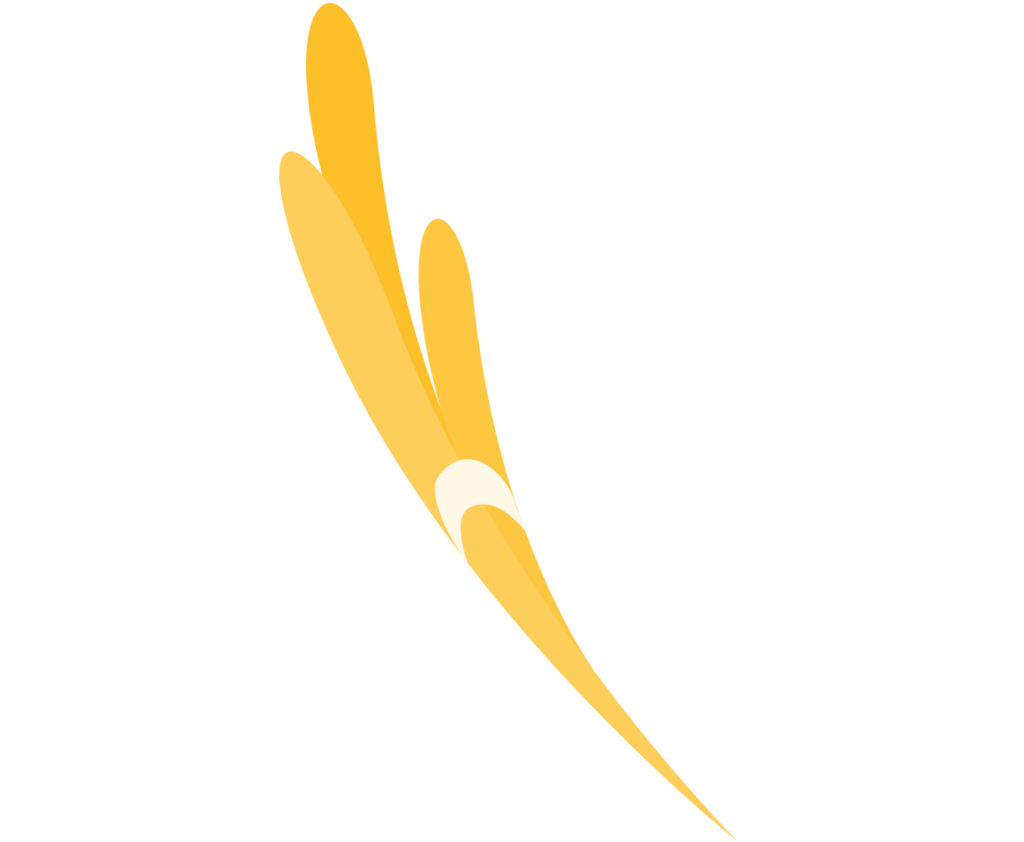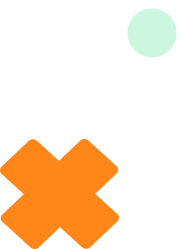

Everything your learners will cover in the English Year 1 maths curriculum and what you can do to help them along the way.

Author
Robyn Oliver
Published
August 2025


Key Takeaways
Table of contents
A Year 1 child is building the foundation of their mathematical future! A future where they can use their skills every day, exploring patterns, shapes, measurement, and money in real-life scenarios.
The Year 1 maths curriculum is made up of three strands: Number and Algebra, Measurement and Geometry, and Statistics and Probability. Each of these strands is further divided into multiple sub-strands. You might be thinking that sounds like a lot, and you’re probably wondering what maths should a Year 1 know? Let’s take a closer look at these sub-strands to help set these children up for success!
In Year 1, children will become confident in sequencing numbers from 0-100. They will learn to count and order numbers and find these numbers on a number line!
In Year 1, children learn to count with efficiency, and they learn that objects can be grouped into tens and ones! This skill is often taught using blocks of tens and ones.
Addition and subtraction can be taught in a variety of ways! It’s a skill that can be easily taught hands-on using physical objects, perfect for young learners. Children will be introduced to addition and subtraction within a word problem, for example, Rory had 5 apples and Reagan had 4 apples. How many apples do they have altogether?
In Year 1 maths, children begin to skip count by twos, fives, and tens! This will be the foundation of future multiplication and division skills!
Year 1 children will be introduced to the notion of whole and half! A crucial skill for sharing pizza at the school disco! It’s important to know that the idea of fractions is being introduced as an oral concept and not as a symbolic representation.
A favourite of the Year 1 maths curriculum! Money! Children learn to differentiate money by features and value! A crucial life skill and a skill needed for every icy pole treat that gets bought from the canteen at recess!
Following on from skip counting, children in Year 1 will be taught that numbers can follow patterns, and when you discover a pattern, you can predict what comes next.
Another hands-on learning area! In Year 1, children learn to create patterns in multiple ways, such as with tangible objects, through painting, or drawing! Patterns are great for developing those problem-solving skills as children investigate what’s next?!
Year 1 children will discover they can identify, describe, and compare the characteristics of an object, for example, a triangle has three sides. This is the foundation of measurement, and a child needs to have a solid understanding of attribute comparison before they can move on to measuring using other tools and methods.
Introducing length, with keywords such as longer than and shorter than. Introducing mass, with keywords such as heavier than and lighter than. Introducing capacity, with keywords such as empty and full, and key questions such as what holds more?
Year 1 children are not expected to be able to tell the time, but they are expected to develop a sense of time, for example, morning time, lunch time, and night-time.
By the end of Year 1, children are expected to know basic 2d shapes and 3d objects and organise these into categories. They should be able to name the characteristics of these shapes, for example, a square has four corners. Exploring shape in the Year 1 maths curriculum is another hands-on area of learning where children will get to hold and feel physical objects.
Children in Year 1 are expected to be able to use and follow positional language, for example, put your bag under your chair. Other key vocabulary they will learn is under, over, in front of, behind, next to, near, and far.
A fun topic between peers, as data usually involves social conversation and investigation. Children in Year 1 maths learn about data through exploring simple questions such as “Who has a dog?”, “Who has a cat?”. Investigating data helps children develop their critical thinking as they draw conclusions based on evidence.
Children in Year 1 are expected to be developing their skills in reading and understanding simple data graphs. Finding common patterns in data graphs, such as the most and the least.
Unlock unlimited maths questions
Put your skills to the test with fun exercises + maths games that are proven to boost ability!
Currently, in Australia, there are no formal Year 1 numeracy assessments. This is set to change in 2026 when South Australia brings the Maths Assessment Interview (MAI) in for all children in Year 1 who attend a public school in South Australia. New South Wales is currently trialing a maths screening in 150 of their schools called the Year 1 Number Screening Check. Western Australia, Tasmania, Victoria, and Queensland have yet to announce any mandatory numeracy screening assessments for Year 1 children.
Australian schools do undertake formal assessments in maths during a child’s first official year of schooling, this is called the On-entry Assessment, and it is mandatory for pre-primary-aged children. Pre-primary is the year before Year 1 in Australian schooling. Some schools choose to repeat the On-entry Assessment in Years 1 and 2, particularly for those children who may be weak in literacy and math.
All other children will be formally assessed in Years 3,5,7,9 when they complete their NAPLAN assessments.
Individual schools and teachers will have their assessment methods for numeracy in Year 1, but most assessments are informal and take place within the classroom through methods such as structured quizzes, one-to-one interviews, work samples and classroom observations.
There are various things you can do at home to help your child develop their mathematical knowledge. It can be incorporated in your day-to-day routines, you could invest in physical learning materials or toys, and you could explore quality teacher-developed maths apps.
Year 1 maths can be easily incorporated into your daily routines. Encourage your child to be hands-on at home with cooking and baking, exploring measurement, weight, and capacity; you could even include fractions, looking at a whole cake and half a cake!
Use mathematical language to narrate your family routines, “It’s almost 8:00 am, that means it’s time to go to school!” and add digital and analogue clocks to your home environment for exposure.
Invest in some open-ended resources, such as magnetic blocks, which you can use to create structures and buildings while exploring the characteristics of each shape! You can even use them for creating 3D objects such as pyramids. Magnetic blocks can also be used for exploring pattern making and symmetry!
Educational apps are a wealth of knowledge, and our maths app is sure to excite any future mathematician. The app fully aligns with the Year 1 Australian curriculum, and you will no longer question what maths should a Year 1 know? The app puts together a personalised programme for each user to encourage all mathematical areas, even those tricky topics! By personalising a program that suits each child, children can work independently through the interactive games, encouraging confidence, self-worth, and building a love of math! What every Year 1 mathematician needs.
Lesson credits

Robyn Oliver
Robyn is a teacher, educational content creator, and mum to three. After completing a Bachelor of Childhood Studies and a Postgraduate Certificate in Early Childhood Education, she moved to Perth, WA, and has spent her career working in a range of early childhood services and schools. These days, she mixes relief teaching in local schools with creating practical, engaging resources and mentoring early childhood services. Her work is driven by a genuine passion for supporting children to grow and learn, and helping educators feel confident and inspired in what they do.

Robyn Oliver
Robyn is a teacher, educational content creator, and mum to three. After completing a Bachelor of Childhood Studies and a Postgraduate Certificate in Early Childhood Education, she moved to Perth, WA, and has spent her career working in a range of early childhood services and schools. These days, she mixes relief teaching in local schools with creating practical, engaging resources and mentoring early childhood services. Her work is driven by a genuine passion for supporting children to grow and learn, and helping educators feel confident and inspired in what they do.

Parents, sign up for a DoodleMaths subscription and see your child become a math wizard!

Book a chat with our team
If you’d like to use Doodle’s browser version, please visit this page on a desktop.
To log in to Doodle on this device, you can do so through our apps. You can find out how to download them here: